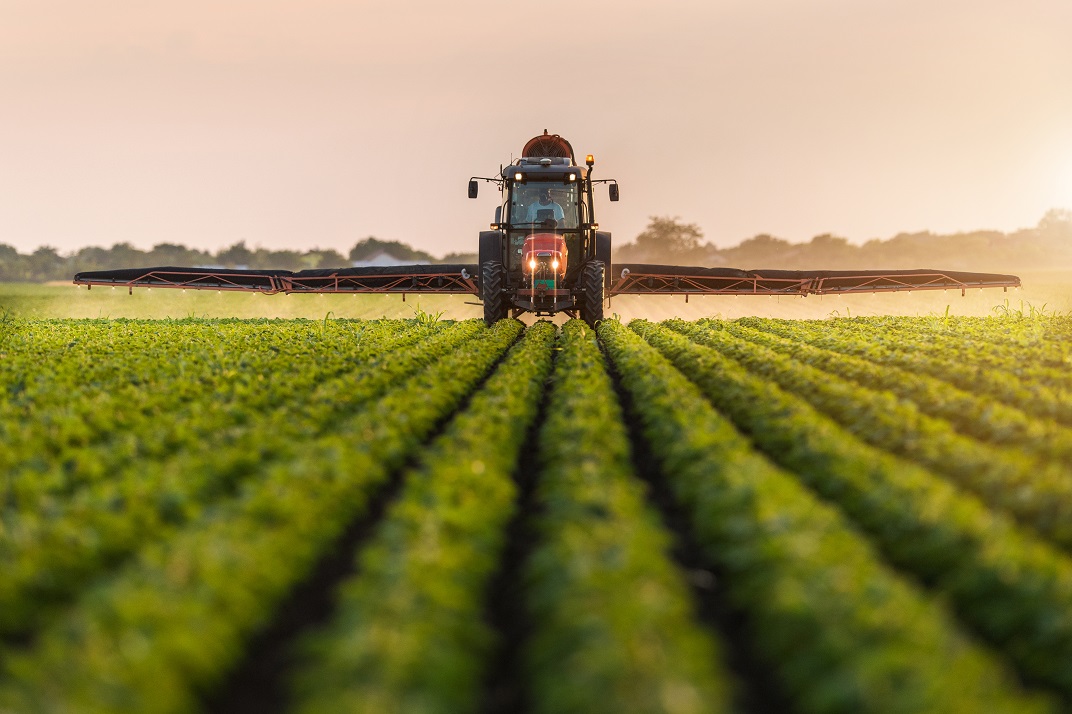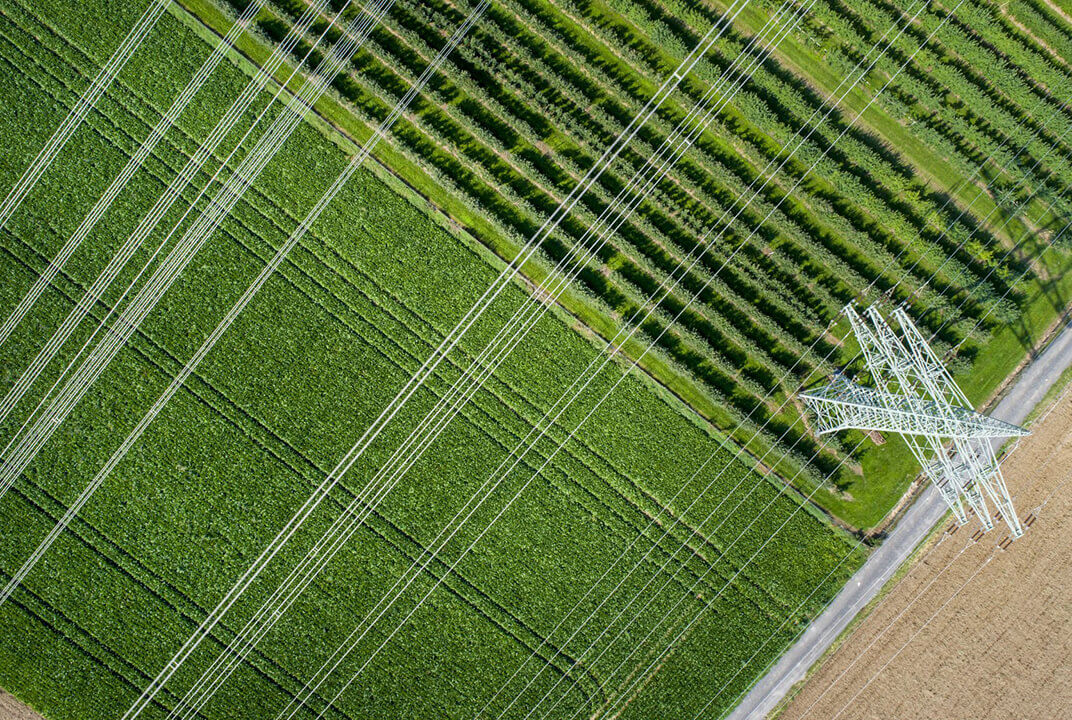Insight | Enabling remote monitoring and control of devices in agricultural operations
Enabling remote monitoring and control of devices in agricultural operations
null
Inmarsat's Steven Tompkins looks at how agritech companies can leverage satellite connectivity to make farming more resource efficient and productive than ever before.
Industries across the world are innovating at a record pace, harnessing technologies to solve historic challenges and revolutionise the way they work. Agriculture is no different, with agritech organisations presenting solutions designed to make farming more resource efficient and productive than ever before. From smart weather stations to autonomous machinery, the opportunities these propositions present to farmers are numerous, including increased yields and crop quality whilst improving efficiency. But a major barrier stands in the way of agritech companies working with many farmers and growers in many parts of the globe – poor connectivity.
Where terrestrial connectivity fails, the geostationary satellite network owned and operated by Inmarsat ensures reliable L-band connectivity is accessible anywhere on the planet. But how can this be leveraged by agritech companies looking to unlock new business in areas of low or non-existent connectivity?
To enable sensor technology and other devices that send small amounts of data, the service best suited to the task is IsatData Pro (IDP), a high performance Inmarsat technology that enables consistent, worldwide data transfer with send and receive capacities of 6,400 and 10,000 bytes respectively. With very low power consumption, low costs and easy integration, a single IDP device can be the key to making your solution fully operational on a global level, allowing you to deploy solutions regardless of customers’ pre-existing connectivity or cellular limitations.
The service is particularly well suited to two-way applications where some form of monitoring, control or automation is required, for example remote water level monitoring with the ability to turn pumps or generators on and off in near real-time. The IDP terminal has a low power requirement and will easily integrate into devices where power is adequate to enable cellular communications. As well as static applications, IDP offers full mobility and is used extensively for asset tracking on moving vehicles through the global supply chain. With both the option to retrofit the terminal or embed an OEM version of the terminal into your own device, IDP is well placed to support the technical specification and form factor of a range of agritech devices.
Given the strong demand for technologies which allow remote monitoring of assets and automation of processes, we are seeing IDP taking centre stage in enabling a range of applications through the farm and supply chain. These include remote monitoring and control of on-farm infrastructure such as irrigation systems, weather stations, cattle weight systems and water storage units which help farmers to reduce the cost of physically monitoring their assets, as well as providing peace of mind. In addition, asset tracking is growing in importance, from predictive maintenance and location of farm machinery to traceability and tracking of agricultural commodities through the global supply chain.
The integration of IDP is also highly flexible, with a range of options enabling you to deploy the technology as suits the nature of the solution you provide. Whether you need a fully housed, weatherproof terminal to build onto a vehicle or machine, an OEM module to build IDP into an existing system, Inmarsat has you covered. Setting up a partnership around IDP with Inmarsat is an equally simple, flexible process.
Contact our experts to find out more about partnering with Inmarsat around IDP.
Related service
About the author
Steven Tompkins is Director of Agriculture and Rail for Inmarsat Enterprise. He is responsible for using Inmarsat’s world leading mobile satellite communications and IoT capability to enable practical solutions which drive productivity, efficiency and safety across agriculture and rail. Steven has extensive commercial experience consulting for large private and public sector organisations within agriculture and downstream supply chains including multinational agri-food companies and the bodies of the European Union. He joined Inmarsat from a leading research organisation in the UK (NIAB) in which he successfully commercialised new science and knowledge into practical tools such as precision water management technologies for the agriculture and associated sectors.


